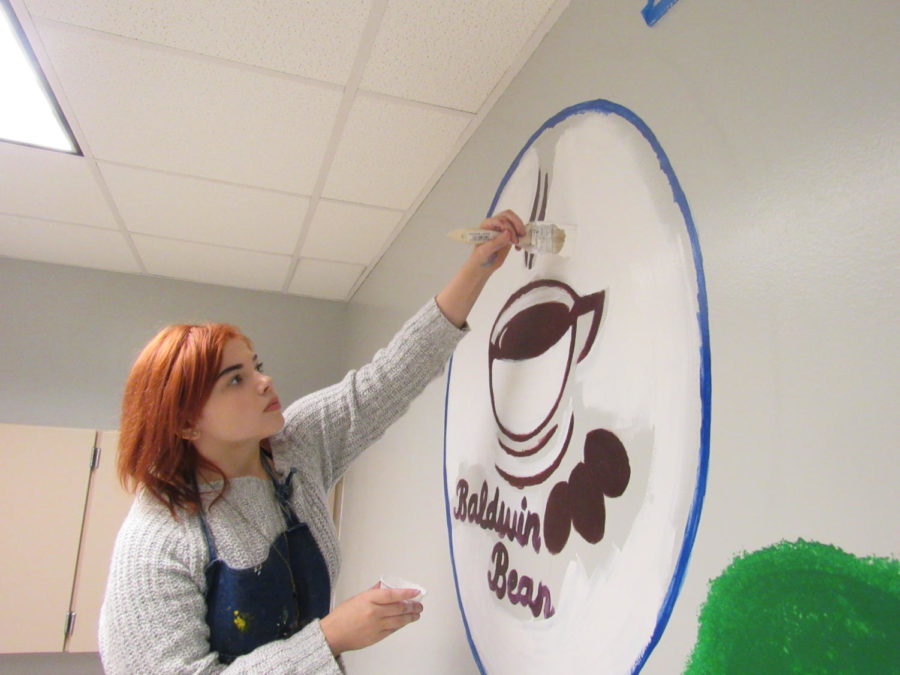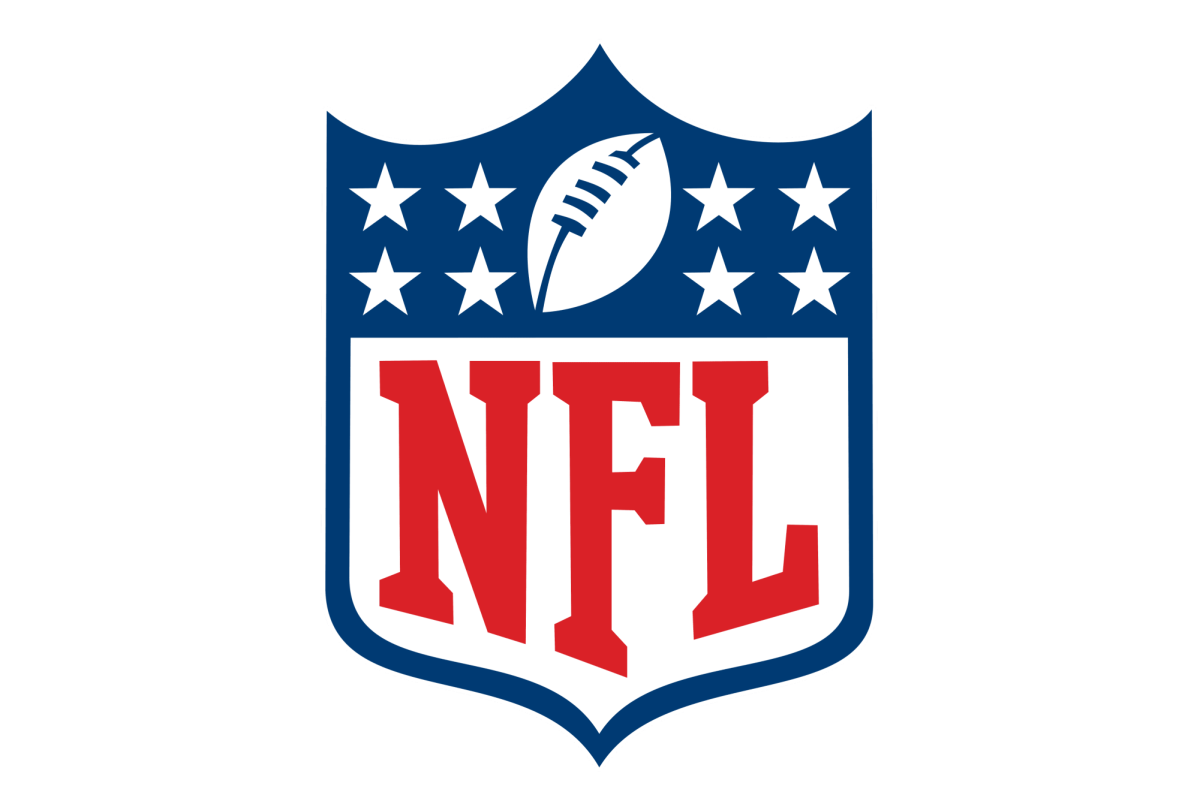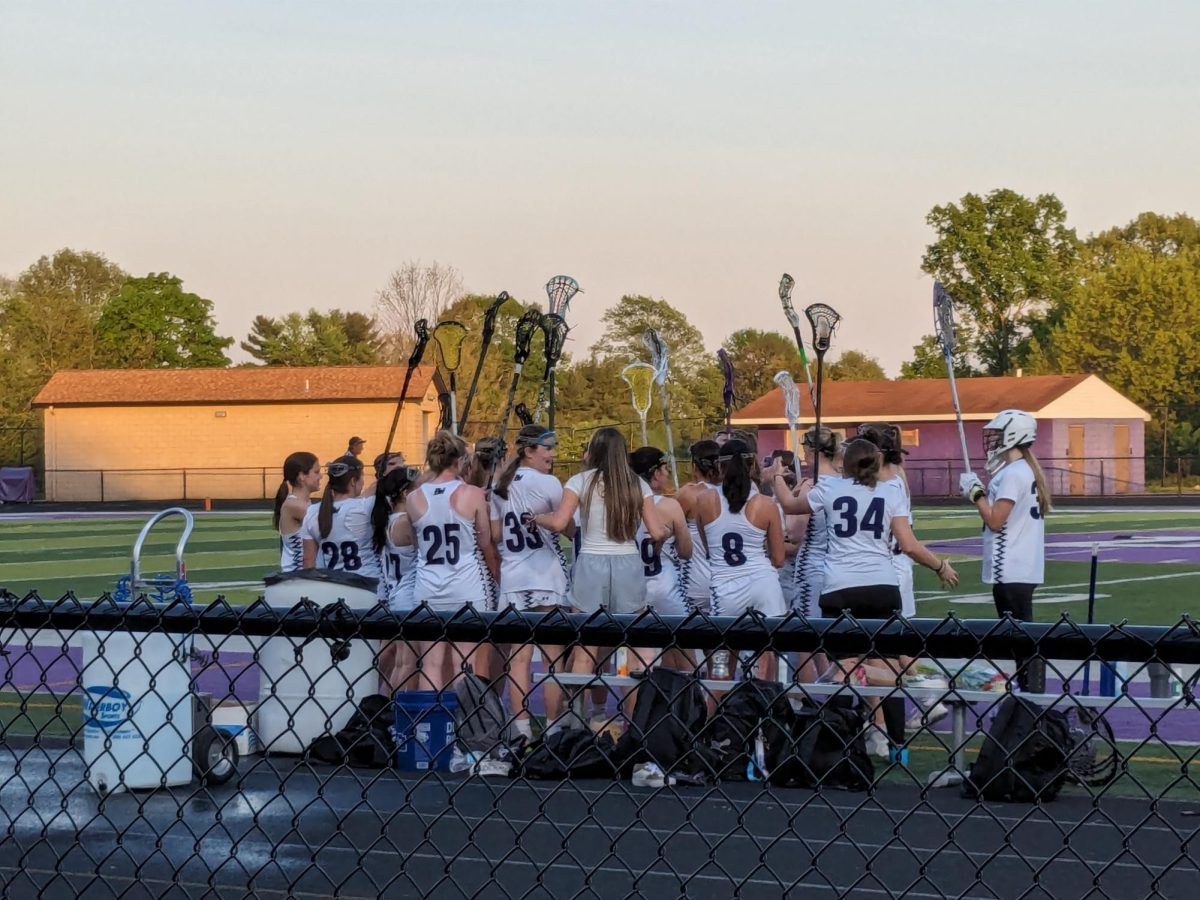Two staff writers debate whether activities like band, bowling, and cheerleading should be considered sports.
Answer lies in the definition
BY DILLON HAWRYLAK
Staff Writer
It’s not arguable that sports play an important role in American culture. Participants suffer horrible injuries, parents enroll their children in programs as toddlers, and 113 million people watch the Super Bowl. This glorification of athletics creates the debate over what is considered a sport and what is not.
Just like many never-ending disputes, there is a lot of pride and passion behind each side. Although these elements add strong emotions to the argument, they also make people blinded by their personal opinion. Unfortunately, this is a frequent occurrence in the “sport or not a sport” debate. Athletes who have invested hours upon hours in their sport shun other sports because they believe that other activities should not be put on the same pedestal as theirs. The three main sports that are victims of the injustice of not being labeled a sport are marching band, bowling, and competitive cheerleading.
First, before the judgment of any sport can be made, one must know the true definition of a sport, which is an activity involving exertion and skill in which an individual or team competes against another or others for entertainment. With this in mind, one must realize that the act of throwing a 15-pound ball 25 miles per hour, rotating your body 360 degrees, or carrying a 35-pound brass sousaphone requires physical assertion. So, if all of these actions take place at a competition, that means by definition, they must be considered a sport.
Even with facts against them, sports critics still try to argue that some sports can’t be considered “real” unless they are played in certain environments. This would be a debate with substance if the instigators weren’t criticizing themselves. To explain, bowlers play their sport on a hardwood floor just like basketball players, and marching band members perform on a field in 90-degree weather, just like football players.
Another common factor in this debate is injuries. People tend to associate the amount of injuries a sport has with the validation of the sport itself. This is a weak argument, considering that each activity requires different muscles that might be more or less prone to injury. Upon further examination, one will come to find out that 65.2 percent of all serious injuries in female sports come from competitive cheerleading.
Compare these three sports and any sporting event people watch every Friday night at face value. They’re the same: Injuries, similar venues, competition, and physical assertion are all involved.
Sports need strenuous activity
BY JUSTIN MARSTELLER
Staff Writer
At Baldwin, it is nearly impossible to endure a week of school without hearing someone yell, “Band isn’t a sport. Why would it be?” Despite the definition of a sport, which revolves around physical exertion, a true sport should be widely renowned as difficult and exciting.
Band is at the center of the “is it a sport” debate at Baldwin; its spot at the front of the yearbook’s sports section renews this controversy year after year. True, marching band members commit an enormous amount of time to perfecting their steps and notes, but these commitments are not nearly as rigorous as actual athletes’ obligations. Some band members complain about the difficulties of “jazz-running,” since it has the word “running” in the title, but it’s far from the real thing. Band members generally consider this type of running to be extending their strides by a few feet or walking a little faster, but this is by no means comparable to running at least a half-mile in track.
Tied into the band’s athletic controversy is the so-called “sport” of color guard. Even though guard members commit as much, or occasionally more, time than band members, guard still does not qualify as a sport. Color guard members do exert an admirable amount of physical energy into their dancing and flag twirling, but at the end of the day, it’s just that: dancing and flag twirling.
Bowling also regrettably counts as a sport in Baldwin High School, but by no means is it qualified to be one. Despite what the International Olympic Committee thinks, bowling to most people is nothing more than a fun activity to pass the time. Even though this skill can be quite difficult to excel at, as most people struggle to score above a 100, it’s not a sport. Most people would agree that a sport should not be able to be played by anyone under the age of 8 and above the age of 65, but bowling is a candidate for those ages.
Another activity that is frequently considered to be a sport is cheerleading. On the defending side of this supposed sport, most cheerleaders are very susceptible to concussions, due to them being vigorously thrown into the air. However, despite the stunts, cheerleaders still design their performances around the stereotypical actions of making signs, shaking pom-poms, and teaching the crowd how to spell “Baldwin.”


















